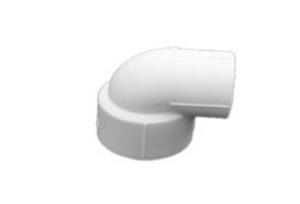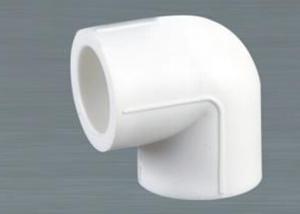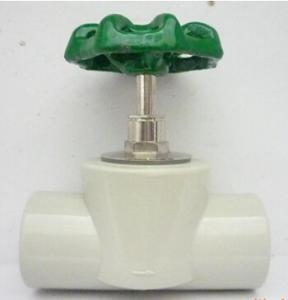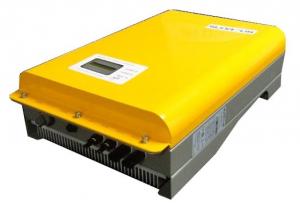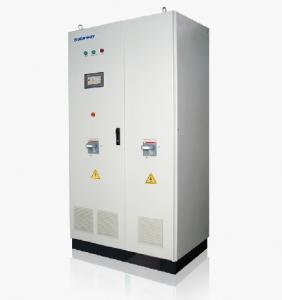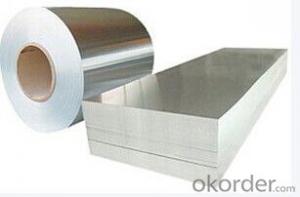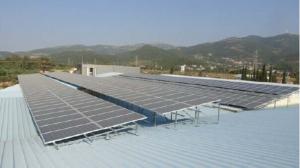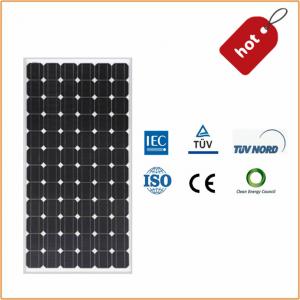Solar Pv Inverter On Maui
Solar Pv Inverter On Maui Related Searches
Light Fixture With Chain Small Plastic Tubes With Lids Aluminum On Stainless Steel Gas Furnace With Ac Teal Accent Chair With Arms Nightstand Lamp With Usb Driveway Pillars With Lights Cr2330 Battery With Tabs Classroom Chairs With Wheels Bathrooms With Vessel SinksHot Searches
Steel Mesh Panels For Sale Welded Wire Panels For Sale Types Of Temporary Side Panels For Cement Deck Fiberglass Panels For Sale Fiberglass Greenhouses For Sale Scaffolding For Sale On Ebay resin panels for sale Eps Panels For Sale China Aluminum Plate Panels Aluminum Foil On Sale Marlite Frp Panels Price Types Of Paints Used On Ships Price On Fencing Kitchen Table Sets On Sale Floor Fans On Sale Staples Desk Chairs On Sale Offset Patio Umbrellas On Sale Kerosene Heaters On Sale Cost To Install Frp Panels China 3 Phase Solar InverterSolar Pv Inverter On Maui Supplier & Manufacturer from China
Okorder.com is a professional Solar Pv Inverter On Maui supplier & manufacturer, offers integrated one-stop services including real-time quoting and online cargo tracking. We are funded by CNBM Group, a Fortune 500 enterprise and the largest Solar Pv Inverter On Maui firm in China.Hot Products
FAQ
- Yes, a solar inverter can be used with different types of grid connection standards. Solar inverters are designed to convert the direct current (DC) generated by solar panels into alternating current (AC) that can be fed into the electrical grid. They are manufactured to comply with various grid connection standards and regulations, allowing them to be compatible with different types of grids worldwide. This flexibility enables solar inverters to be used in a wide range of countries and regions with varying grid connection requirements.
- Yes, a solar inverter can be used with different types of solar tracking systems. Solar inverters are designed to convert the direct current (DC) produced by solar panels into alternating current (AC) for use in homes or businesses. They are compatible with various solar tracking systems, including single-axis and dual-axis trackers, as long as the voltage and power ratings of the inverter match the requirements of the specific tracking system.
- No, a solar inverter cannot be used with a solar water heating system. Solar inverters are designed to convert the direct current (DC) power generated by solar panels into alternating current (AC) power for use in electrical appliances. On the other hand, solar water heating systems use solar collectors to heat water directly, without the need for electrical conversion. Therefore, the two systems serve different purposes and are not compatible with each other.
- The efficiency of a solar inverter is typically measured by dividing the output power of the inverter by the input power, and then multiplying the result by 100 to get a percentage value.
- Yes, a solar inverter can be used in remote areas. Solar inverters are commonly used in off-grid systems to convert the DC power generated by solar panels into AC power that can be used for various applications. These systems are particularly beneficial in remote areas where access to the electricity grid is limited or non-existent. By harnessing solar energy, a solar inverter can provide reliable and sustainable power to remote communities, powering homes, schools, clinics, and other essential infrastructure.
- Yes, it is possible to upgrade your existing solar inverter without replacing the entire system. In some cases, you may be able to replace the inverter with a more advanced model that offers improved efficiency or additional features. However, it is important to consult with a professional to ensure compatibility and proper installation.
- The role of a grid monitoring feature in a solar inverter is to constantly monitor the electrical grid for voltage, frequency, and other parameters. This feature ensures that the solar inverter is synchronized with the grid and operates within the specified limits. It helps in maintaining a stable and reliable connection between the solar system and the grid, preventing any damage to the inverter or the grid. Additionally, grid monitoring also enables the solar inverter to detect any faults or abnormalities in the grid and take appropriate measures to protect the system and ensure safe operation.


